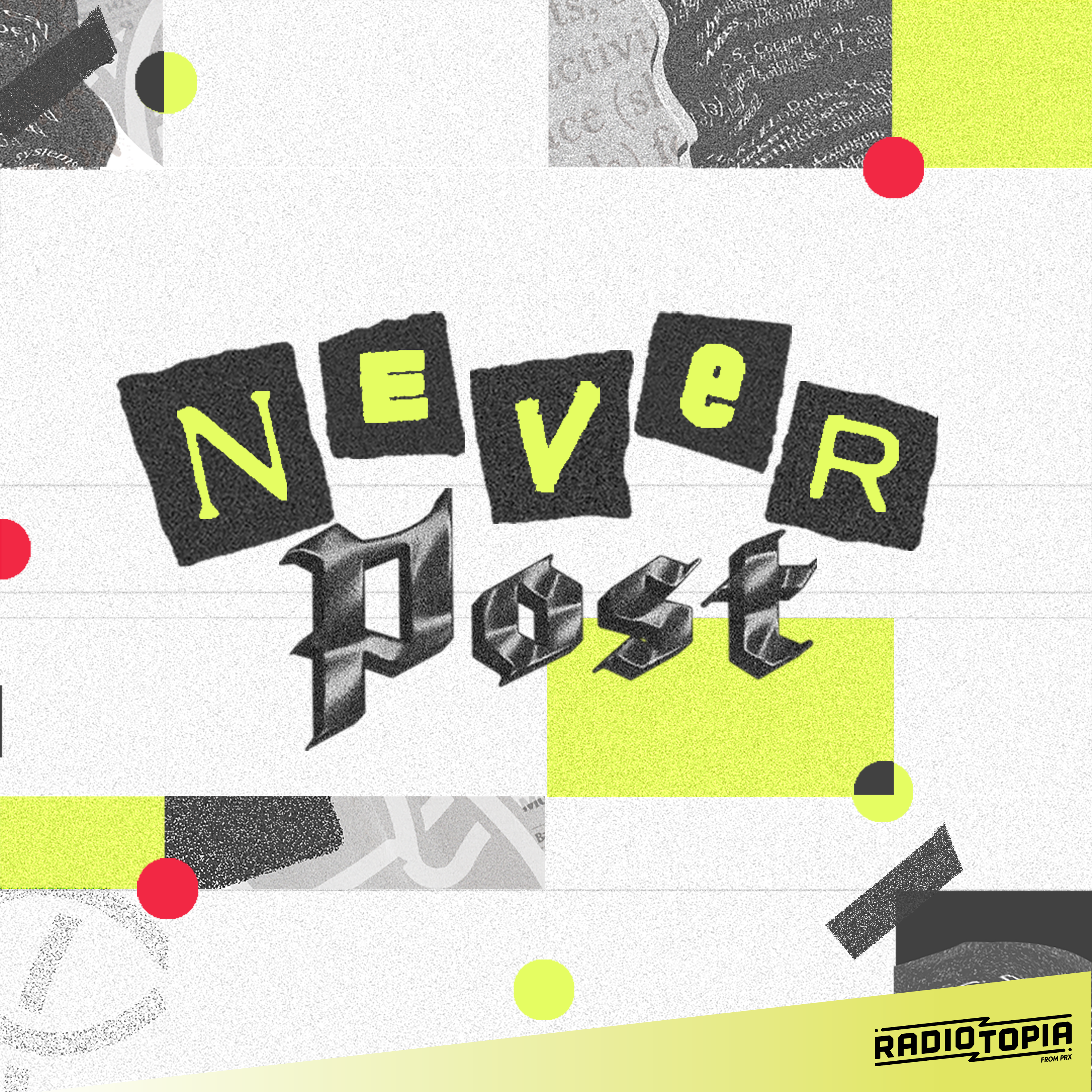

Never Post
Charts & Leisure
A podcast about and for the internet, hosted by Mike Rugnetta
Episodes
Mentioned books

Aug 27, 2025 • 59min
The Cat and Mouse Game of Age Verification Online
David Huerta, a senior digital security trainer at Freedom of the Press Foundation, dives into the maze of age verification laws and their impact on minors online. He discusses the recent blocking of Bluesky in Mississippi and the use of VPNs to navigate these challenges. The conversation touches on the implications for smaller tech companies, the legal battles surrounding new regulations, and the pressing need for transparency in data access. Huerta's insights reveal the complexities of balancing online safety with privacy concerns, making for a thought-provoking discussion.

Aug 13, 2025 • 1h 1min
Assigned Male At Login
Toby Martin, a contributing producer who investigates social algorithms and gender, joins Justin Jackson, co-founder of Transistor.fm, to dissect how algorithms shape perceptions of identity. They explore the peculiar nuances of hyper-masculine ads experienced by trans men and discuss the challenges of algorithmic targeting. The conversation also dives into the evolution of RSS, highlighting its significance in content distribution and the push for open standards in the digital landscape, making it clear that RSS still has a vital role in media consumption today.

Aug 6, 2025 • 1h 10min
Mailbag #9: Don't Livestream at The Club
The hosts tackle the chaos of social media, addressing how algorithms impact mental health for creators. They humorously discuss the pitfalls of workplace surveillance and its effect on social interactions, especially in nightlife. A playful segment highlights listener-submitted graffiti, blending art and activism. Conversations also touch on the whimsical side of technology, from bone conduction earphones to the benefits of using Firefox Focus for privacy. Plus, a light-hearted critique of casinos reveals shared traits with online platforms in the pursuit of satisfaction.

Jul 30, 2025 • 1h 4min
Rescuing Public Datasets the U.S. Gov't Deletes
Molly Blake, a social sciences librarian at the University of Minnesota, and Linda Kellum, a data librarian and organizer of the Data Rescue Project, discuss the urgent need to preserve public datasets threatened by government cuts. They highlight tactical efforts to archive vital information, particularly from the Department of Education, emphasizing community involvement's role in democracy. The conversation sheds light on the historical significance of data preservation and the ongoing battle against digital information loss.

Jul 28, 2025 • 11min
Never Post Funding Update
Become a memeber at neverpo.st

Jul 16, 2025 • 51min
Ringtones and Customization: Summer Yapfest 2025
An episode-long staff round-table about device customization with special guest Meghal Janardan. –
Call us at 651 615 5007 to leave a voice mail
Drop us a voice memo via airtable
Or email us at theneverpost at gmail dot com
See what interstitials we need submissions for
–Never Post’s producers are Audrey Evans, Georgia Hampton and The Mysterious Dr. Firstname Lastname. Our senior producer is Hans Buetow. Our executive producer is Jason Oberholtzer. The show’s host is Mike Rugnetta. Never Post is a production of Charts & Leisure

Jul 2, 2025 • 1h 6min
Betting On Whatever
Melissa Locker, a podcaster and author of 'And After All,' dives into the world of online gambling and its web of complexities. She shares nostalgic tales of 90s Oasis fandom, revealing how dedicated fans navigated early internet platforms. The conversation shifts to the addictive nature of social media, drawing parallels with gambling as they discuss chance and life choices. Join them for laughs as they critique quirky books and explore the rise of community-supported media, offering a fresh perspective on today's digital landscape.

6 snips
Jun 18, 2025 • 60min
Ohhhhh I Wanna Dance With Somebody
Tim Lawrence, a cultural studies professor and author, dives into the fading culture of club dancing and the impact of smartphones on communal experiences. He emphasizes how digital distractions have transformed vibrant dance floors into social media stages, advocating for a return to authentic engagement in nightlife. The conversation also touches on the challenges of maintaining joy in public spaces amidst technological saturation, contrasting the fleeting nature of recorded moments with the irreplaceable thrill of actual dance. Join them as they explore the essence of collective joy!

Jun 11, 2025 • 60min
Mailbag #8: I will not become food for monsters
We respond to your comments!--☎️ Call us at 651 615 5007 to leave a voice mail🗣️ Drop us a voice note via airtable📧 Email us at theneverpost at gmail dot com🌐 Leave a comment at neverpo.st--Head to neverpo.st to see pictures of graffiti and a screenshot of Tyver's Twitter-leaver's oath--Never Post's producers are Audrey Evans, Georgia Hampton and The Mysterious Dr. Firstname Lastname. Our senior producer is Hans Buetow. Our executive producer is Jason Oberholtzer. The show's host is Mike Rugnetta. Never Post is a production of Charts & Leisure.

Jun 4, 2025 • 51min
Reanimator: AI and Shared Histories
Don Carlton, a historian specializing in news media and historical photographs, dives into the technological and ethical implications of using AI to animate still images. He examines the emotional weight of iconic photos, like the infamous 'Saigon Execution,' and how they shape our collective memory. The discussion highlights the balance between nostalgia and shared history, while also reflecting on the unsettling effects of AI-generated visuals on storytelling. Carlton encourages listeners to consider the evolving nature of imagery in the digital age.


